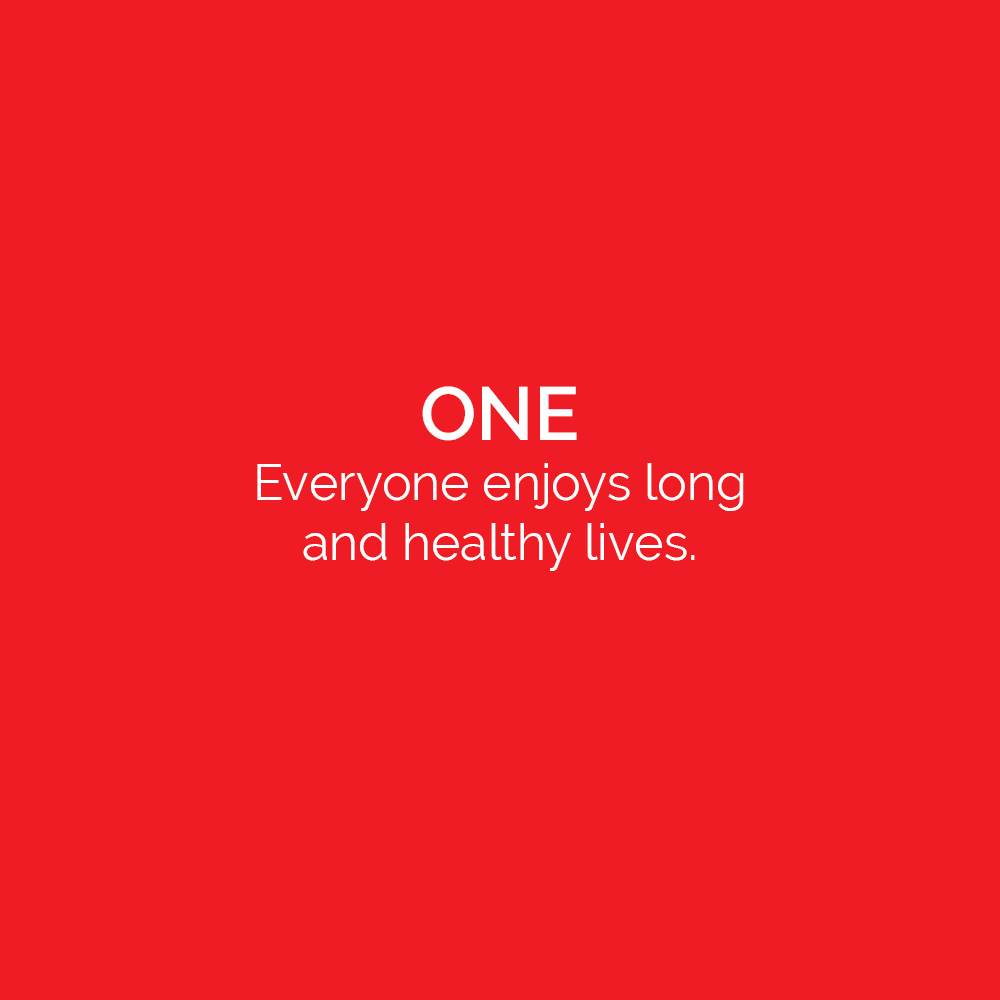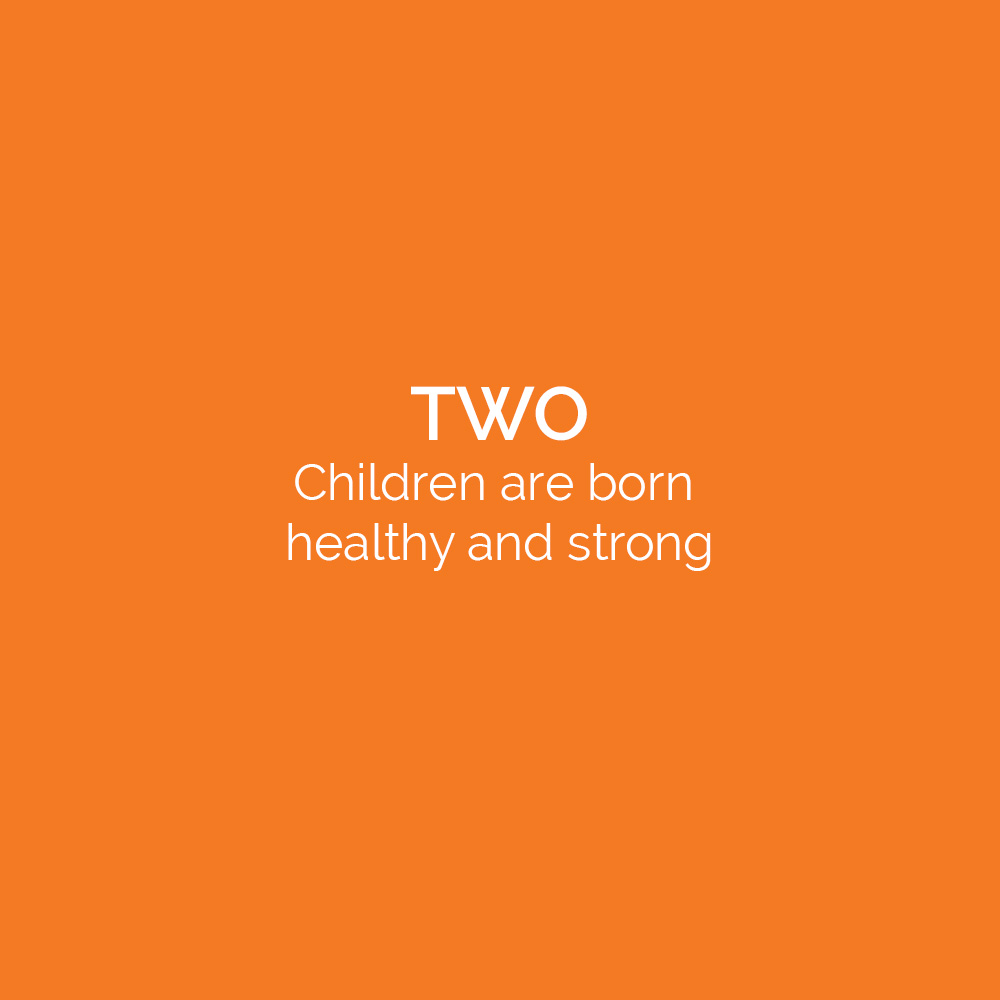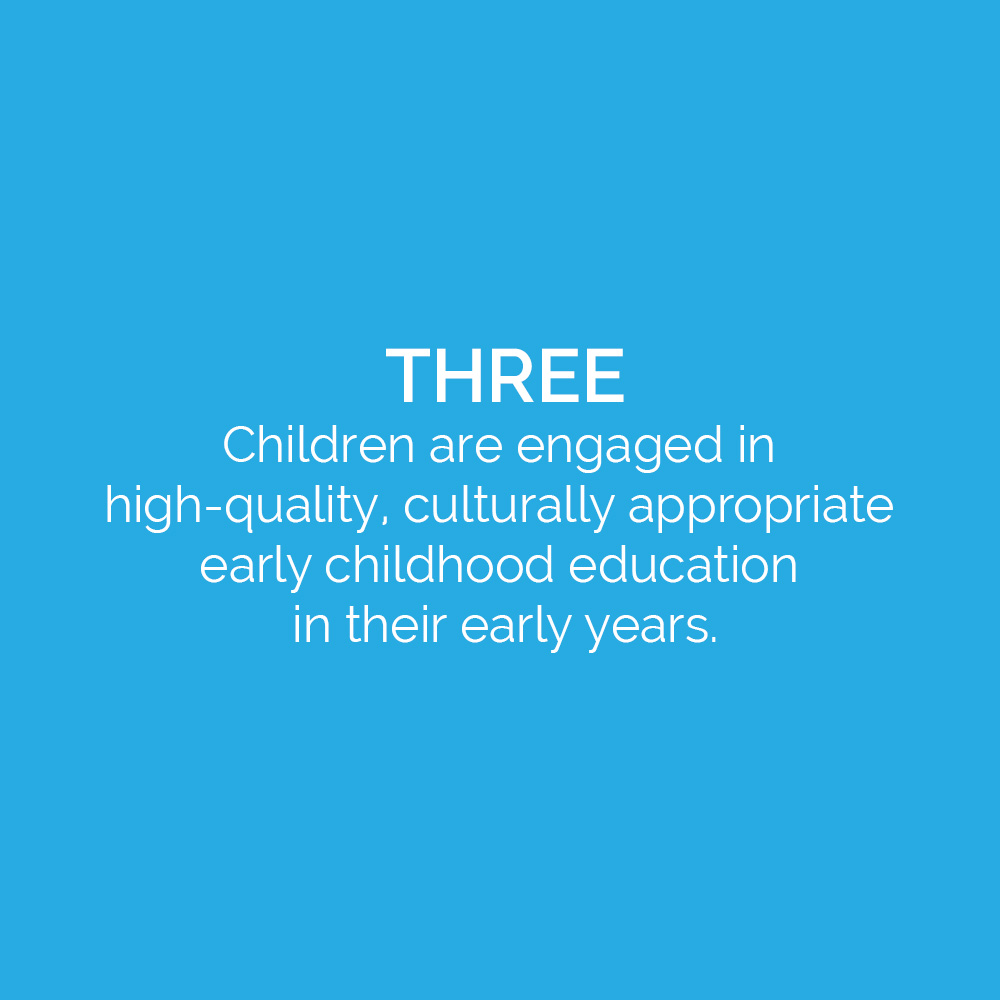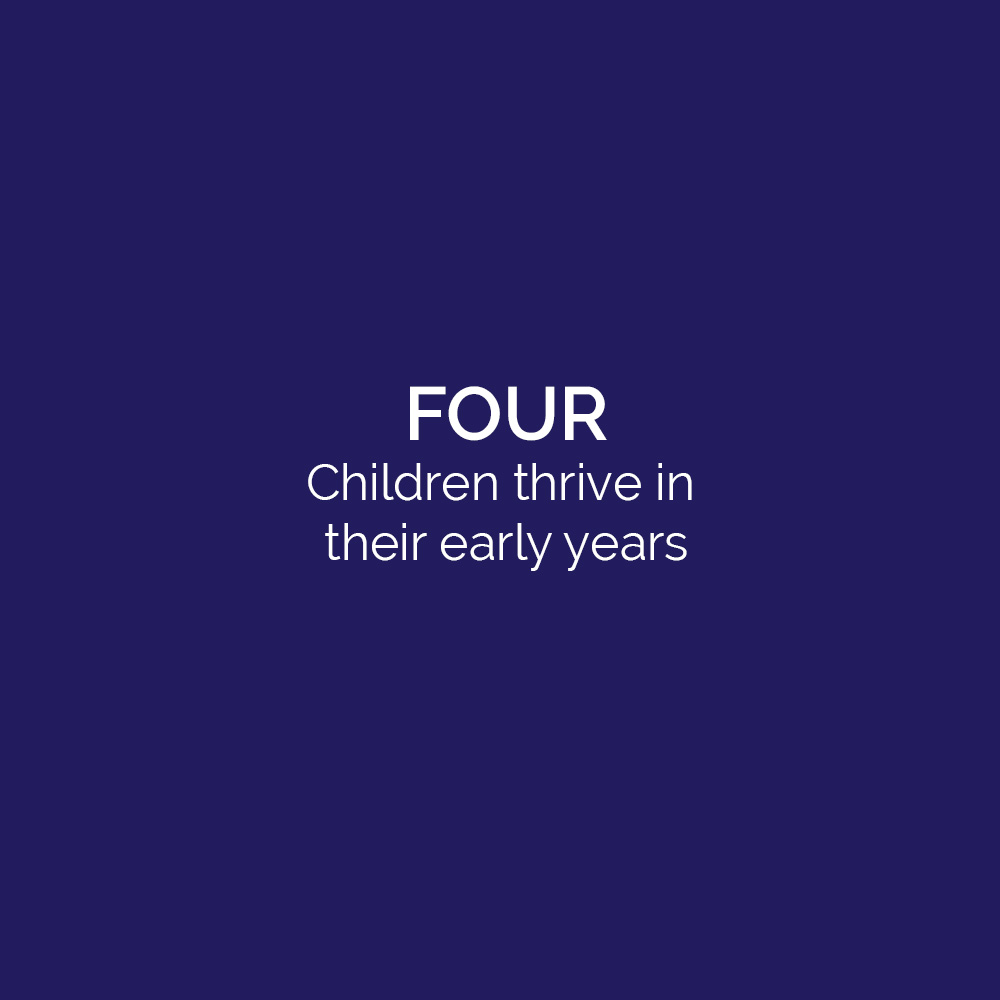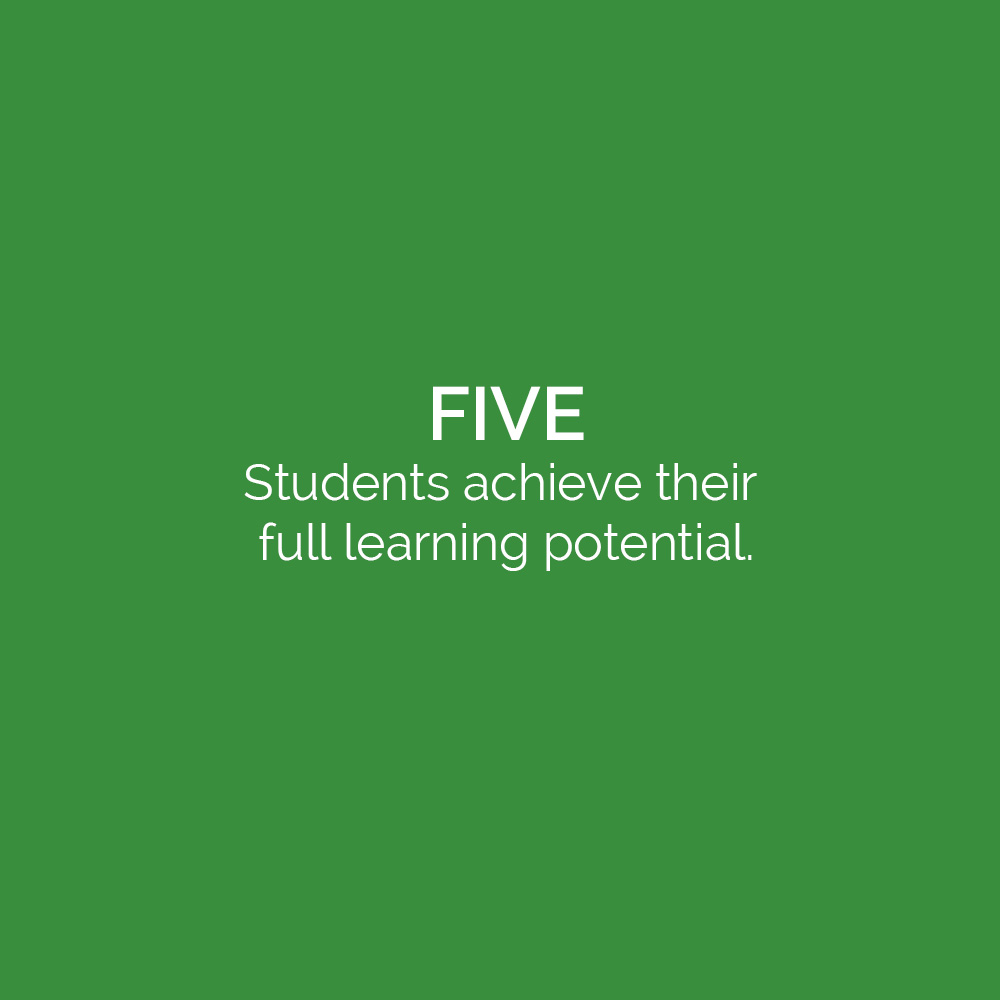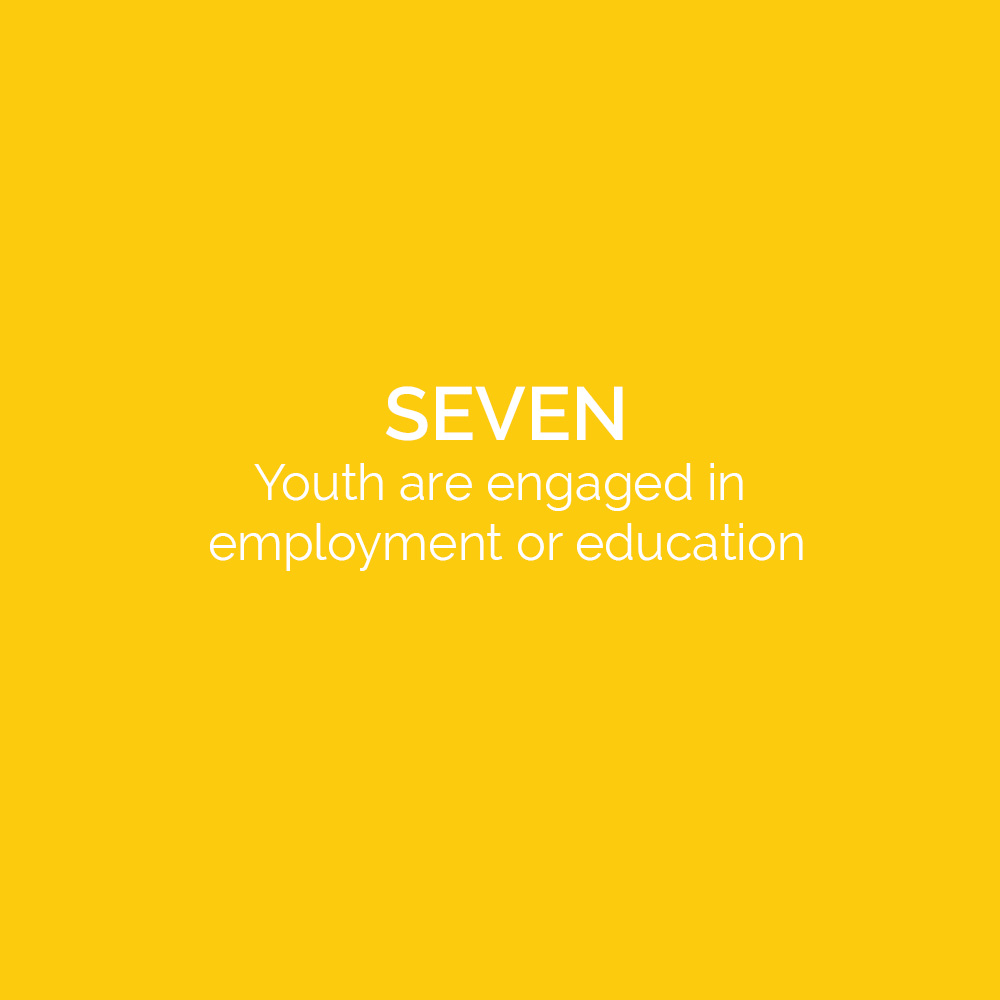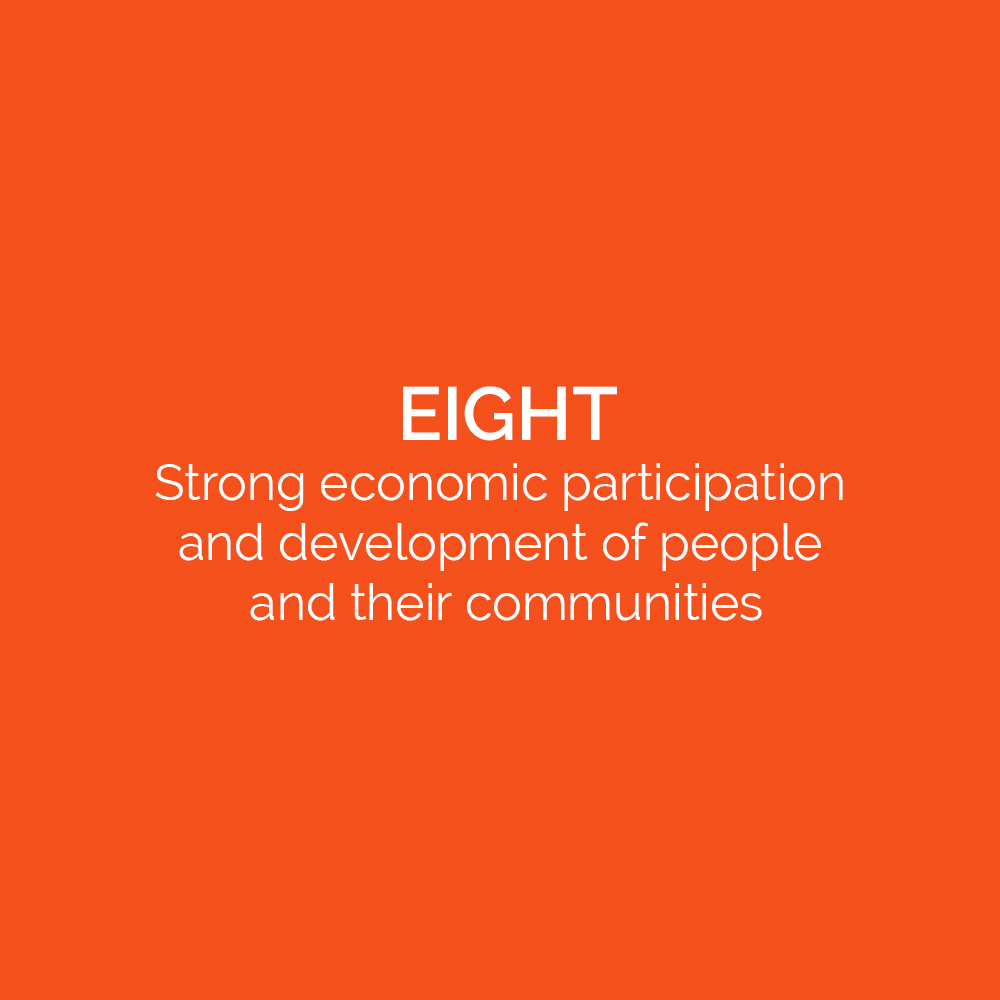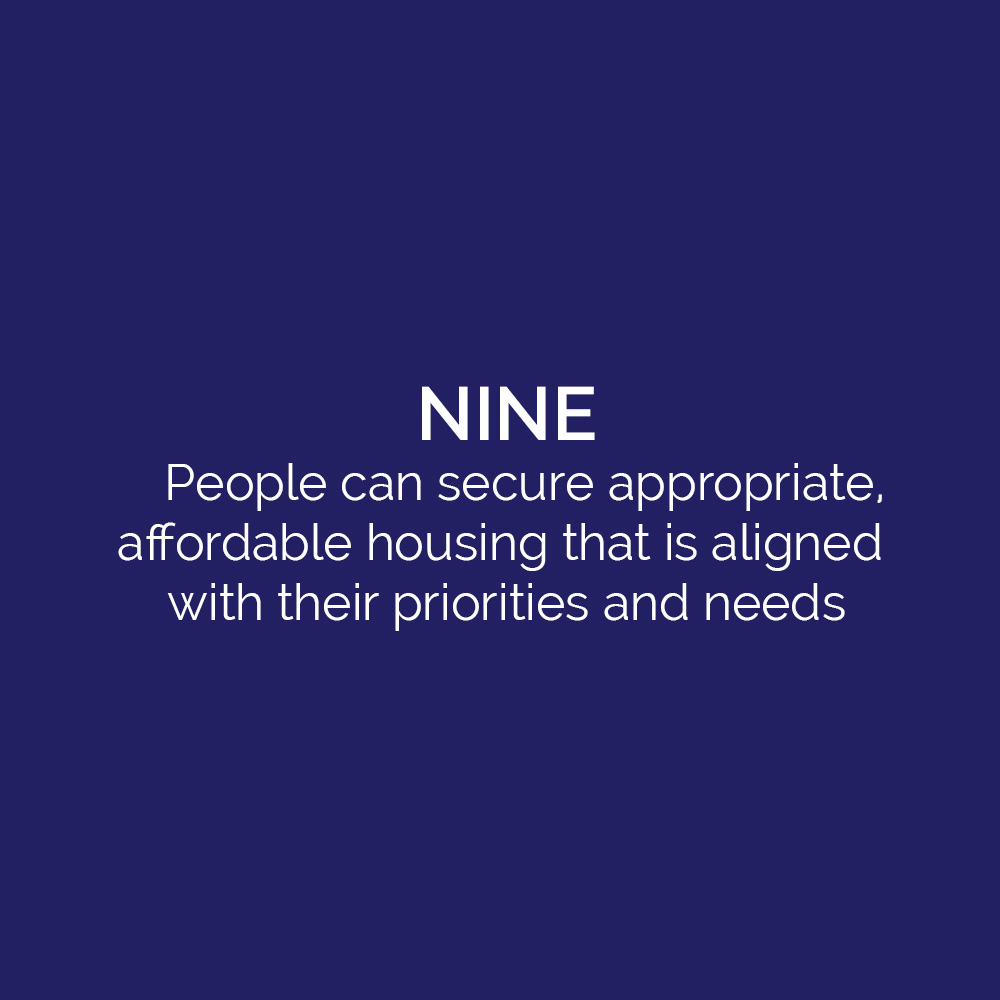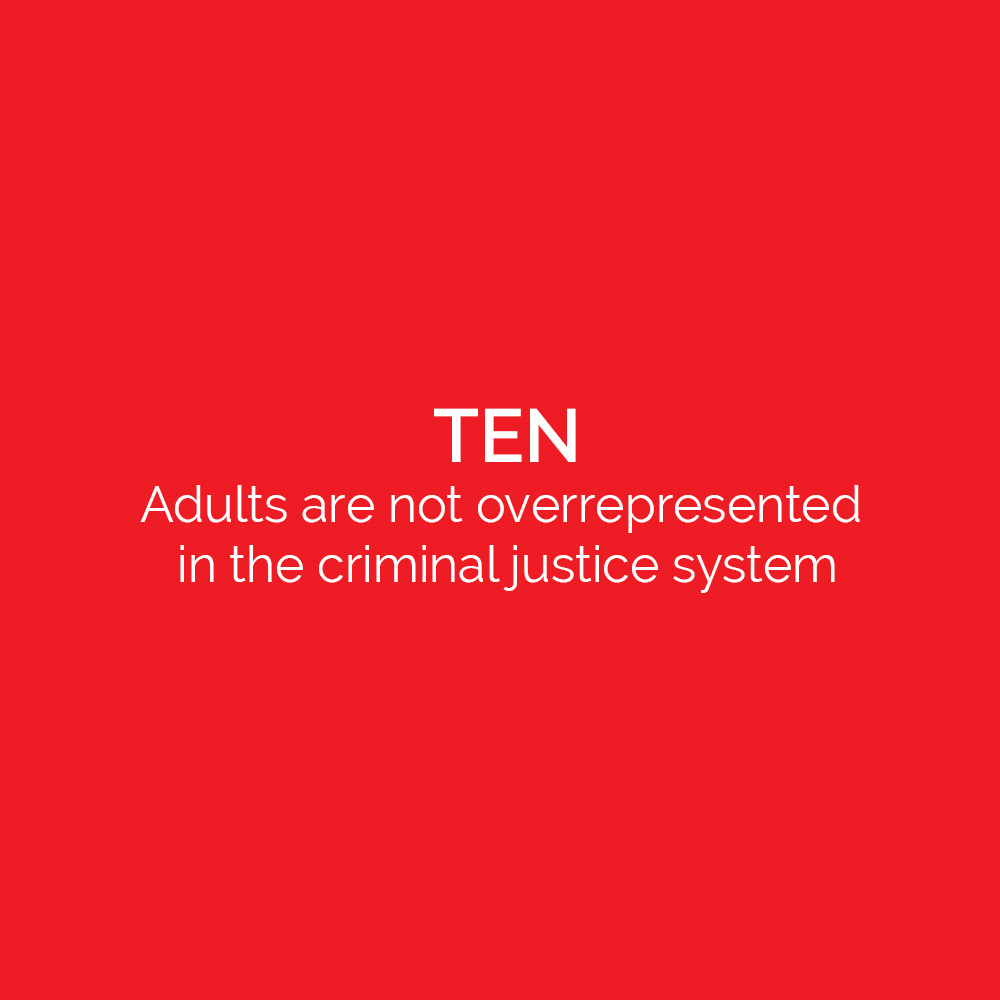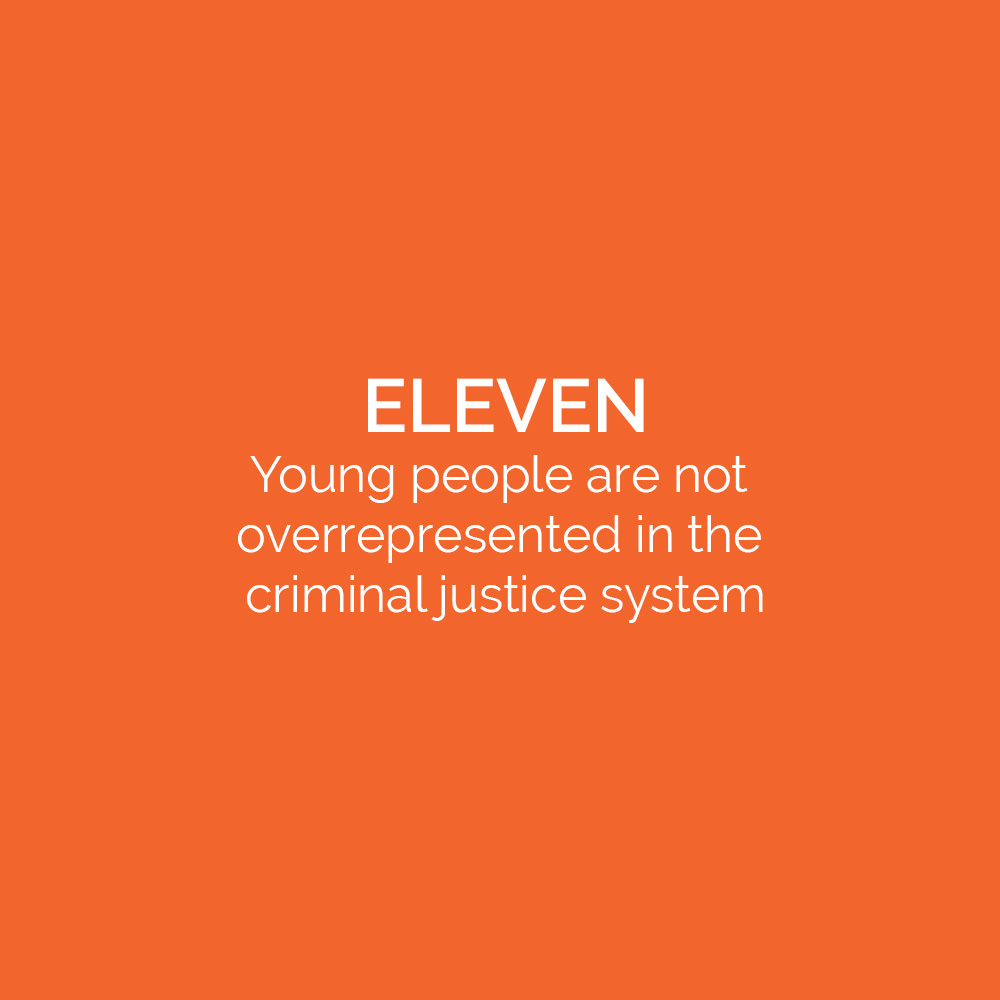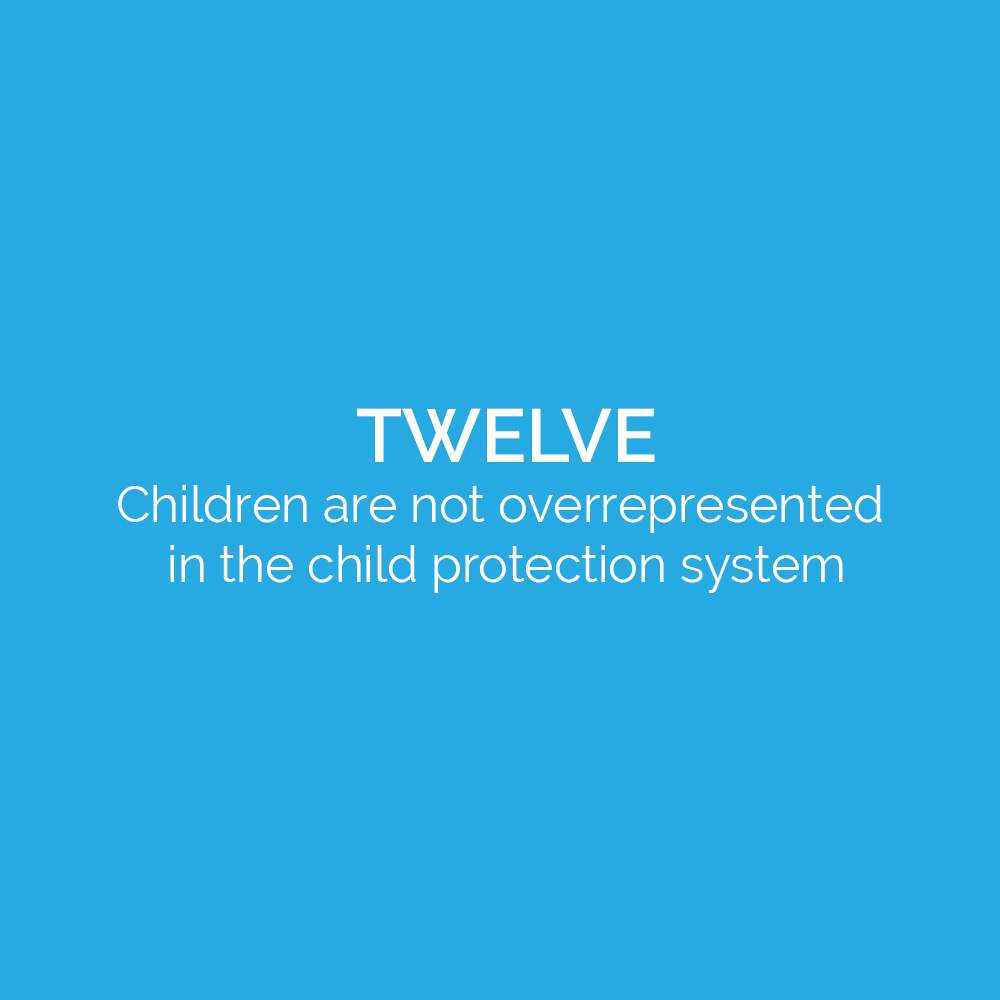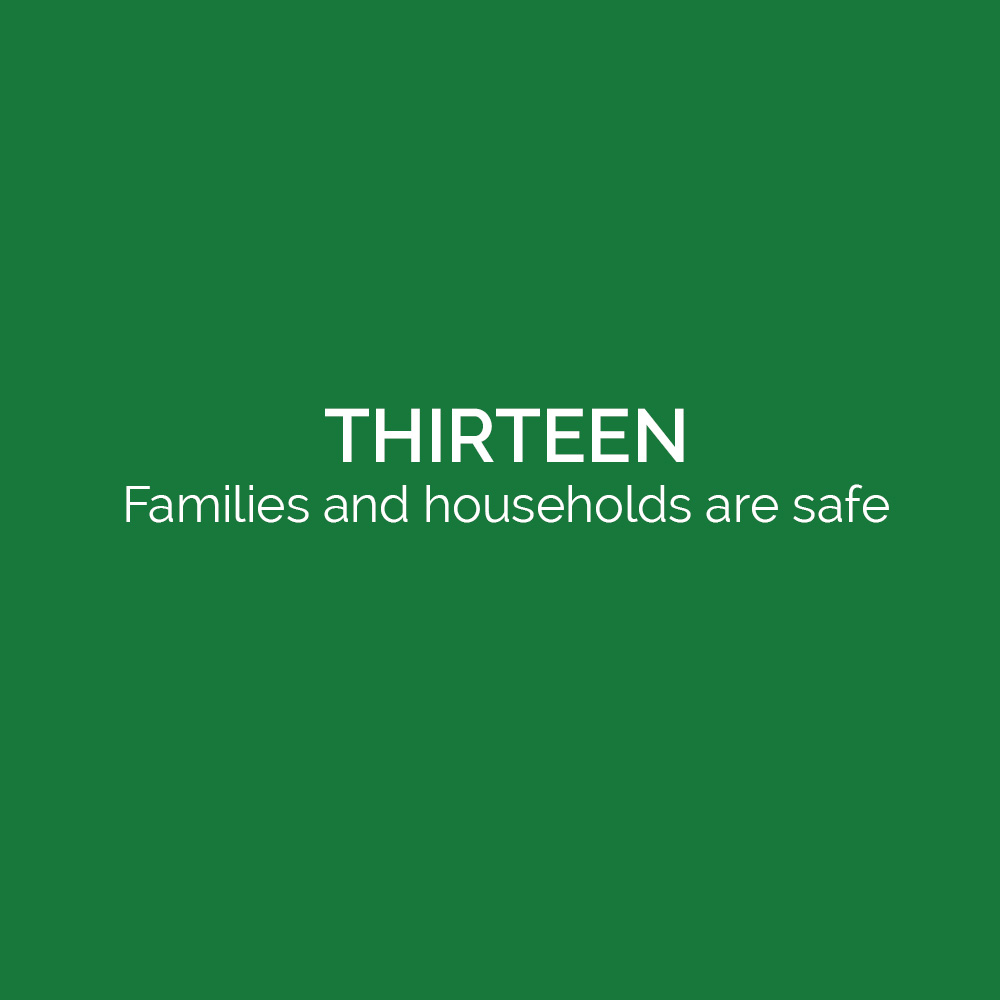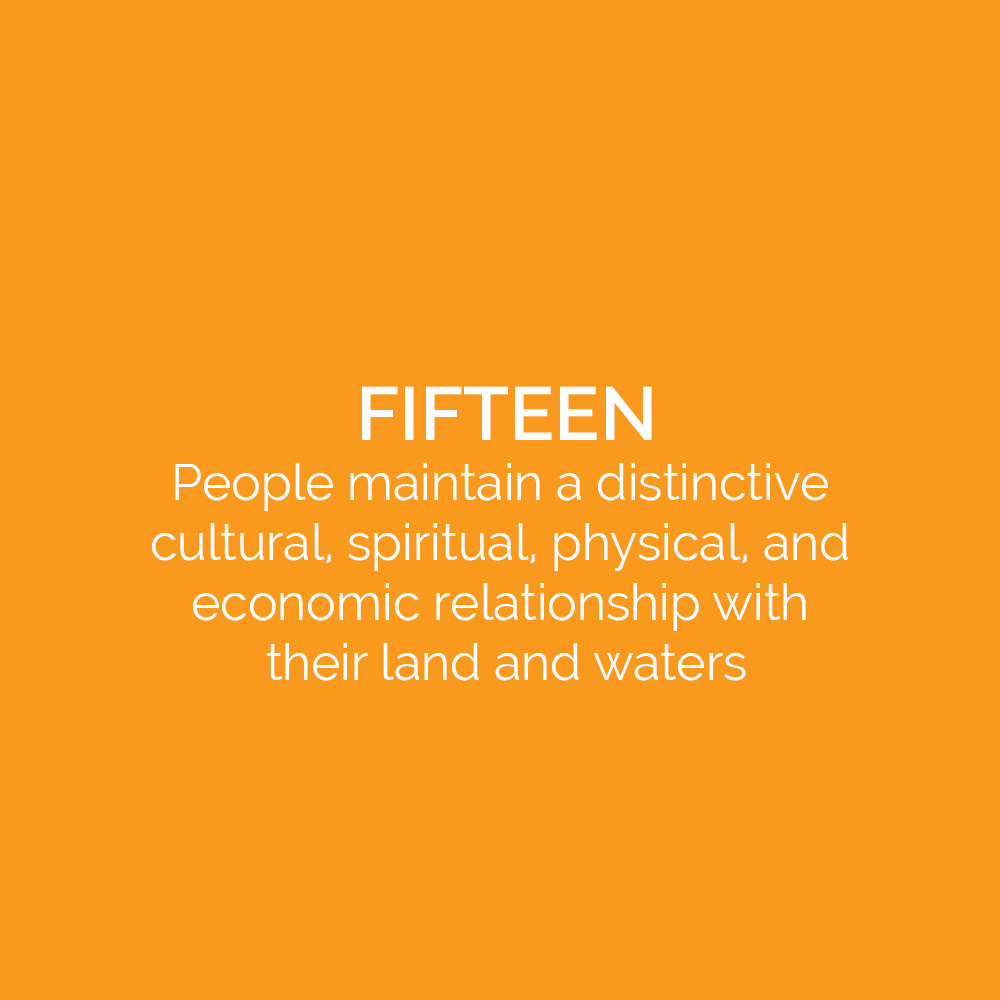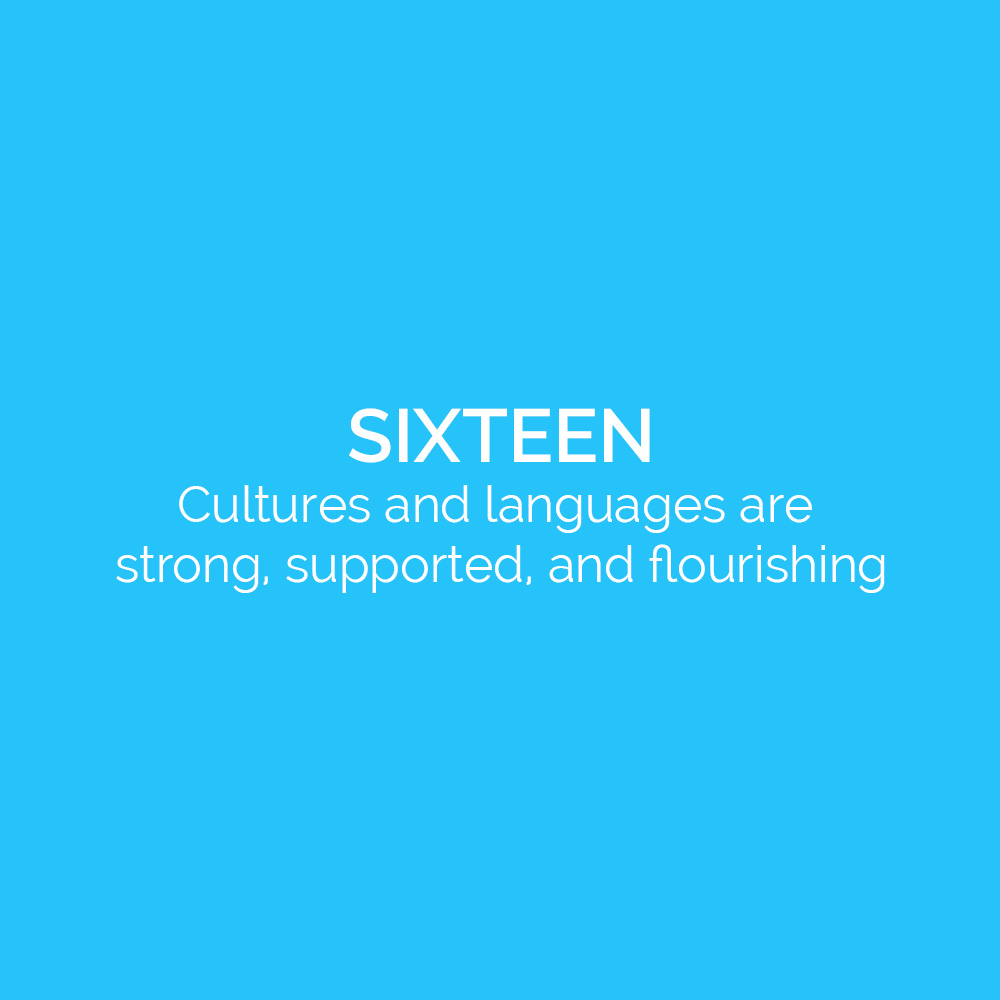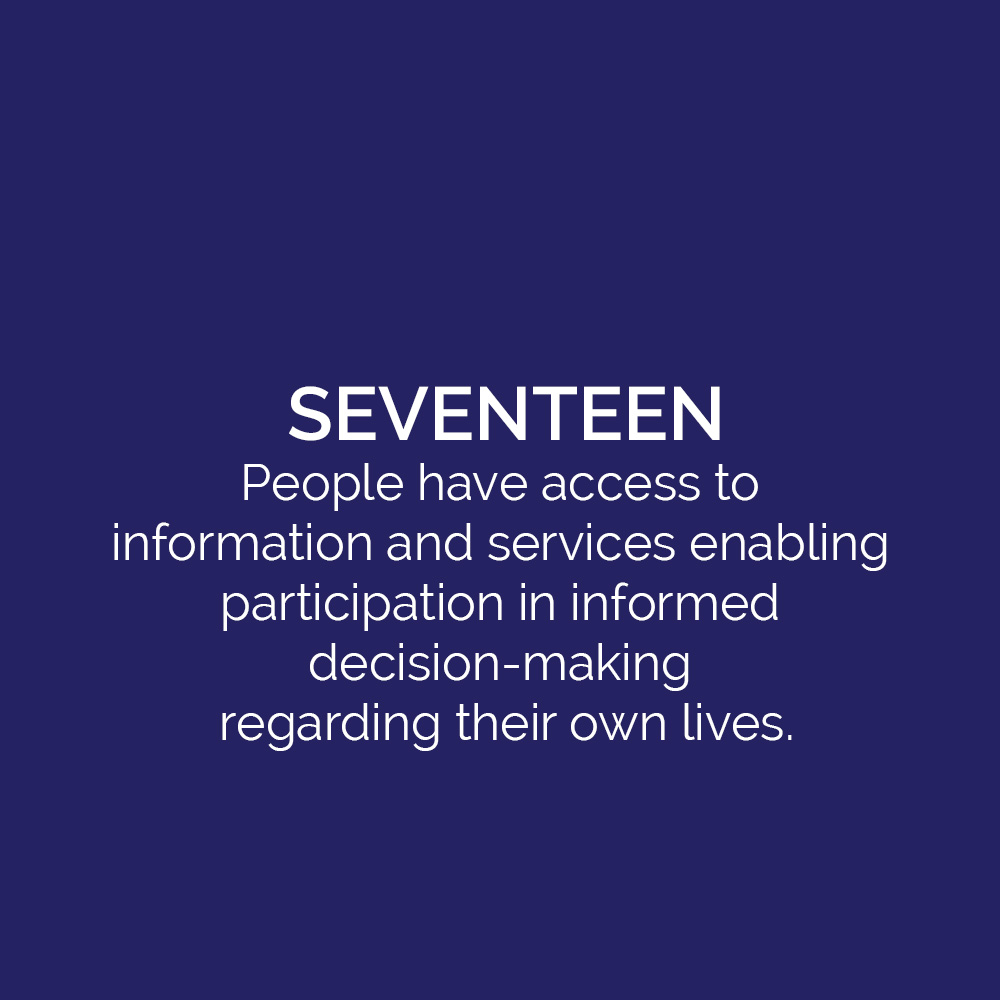
Today is National Closing the Gap Day, marking 17 years since the original initiative was launched aiming to reduce the disparities in health, education, employment, and living standards between Aboriginal and Torres Strait Islander peoples and non-Indigenous Australians. The results have been unacceptable, with some areas showing improvement but the vast majority remaining stagnant or drastically worsening.
Murawin has been directly involved in a health check evaluation of the Closing the Gap results in NSW, giving us insight into the reality of how it is progressing on a state level. From this and the published results it is clear more is needed to be done and a rethink of how we can achieve better results is needed.
Despite the stark results, Murawin believes that empowering Indigenous business and entrepreneurship will be a key driving factor to achieve long-term, sustainable change and start hitting more of the Closing the Gap targets. As a family business, we know first-hand the power of entrepreneurship and the effect it has on the people involved, their families and their communities.

Image Source – Journey Together – CLOSE THE GAP – https://www.closingthegap.gov.au/
In 2020, a new National Agreement on Closing the Gap was signed, shifting to a partnership approach between governments and Indigenous community leaders. It introduced 17 socio-economic targets, focusing on shared decision-making, strengthening community-controlled sectors, and addressing systemic barriers.
The 17 socio-economic outcome areas are:
The new, more encompassing outcome areas cover a wider scope including health, wellbeing economics and more. At Murawin we believe that empowering Indigenous business and entrepreneurship will allow many of these outcomes to come to fruition through self-determined change that comes directly from our communities.
The running of our Tiddas in Business program only deepened this belief. The program was facilitated by First Nations businesswomen, passing on business, entrepreneurship and wellbeing skills and practices to other First Nations women. Throughout the program, the undeniable talent, skills and intent from all the women was undeniable. They were determined to make a difference through their businesses for themselves, their kids, families and communities.

The reason we believe so deeply in the outcome of economic empowerment is because having economic freedom allows individuals to have choice. This flows on and affects many of the other outcomes as a result. If you are in a comfortable economic position you can afford to take care of your health, you have choice in education, you can have secure housing and more. The ripple effect is felt far and wide and can help uplift families and communities, whilst simultaneously building individuals confidence, self-worth and independence. It is by no means the single answer, but we believe it will play a hugely important role in closing the gap.
So today, and every other day, it is important to reflect on the glaring gap that still exists between so many outcomes for Aboriginal and Torres Strait Islander and non-Indigenous Australians. Many of the comforts and conditions that are taken for granted by non-Indigenous Australians are not realities for First Nations people.
This is not just statistics, these are real people – our families, our friends and our communities, which is why Murawin is committed to creating impact for our people and enriching the country as a whole in the process.

